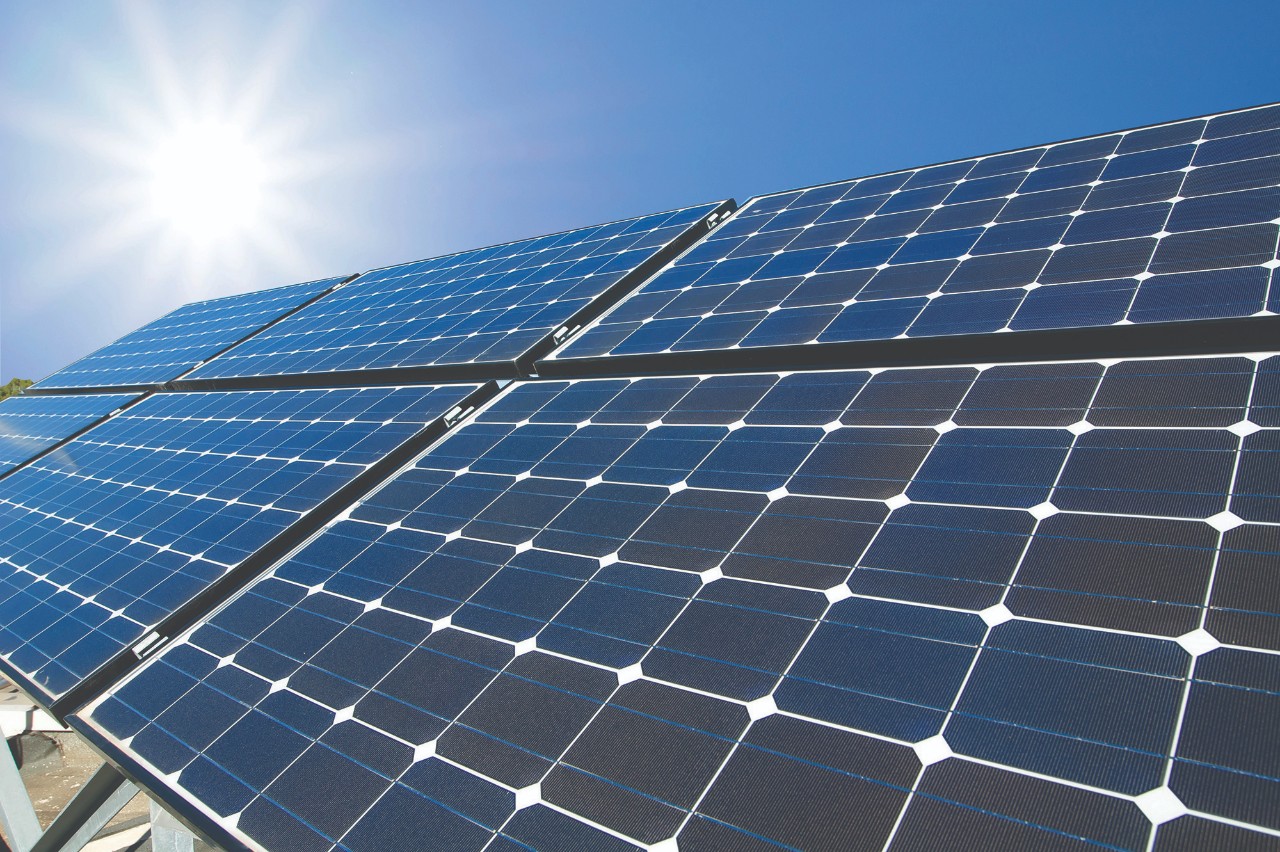
NEW DELHI: The generation of power through photovoltaic cells has become costlier by almost six per cent due to the introduction of Goods and Services Tax (GST), revealed an independent study conducted by the Council on Energy, Environment and Water (CEEW) and the International Institute for Sustainable Development (IISD) on March 7, 2019.
On the contrary, the implementation of GST has resulted in a decline of 1.6 per cent in the cost of thermal power generation.
Abhinav Soman, CEEW Programme Associate and study lead author, said, “The uncertainty surrounding the GST rates for various solar power cells contracting structures and the imposition of safeguard duty may constrain India’s progress toward its ambitious target of 100 GW of installed solar capacity through delayed investments.” Our policymakers need to look at and evaluate such impacts and their influence on our choice of energy sources, he added.
“The GST Council recently clarified that 70 per cent of the solar power cells contract value will attract 5 per cent GST while the remaining 30 per cent will be treated as ‘supply of services’ and attract 18 per cent GST,” said, Neil McCulloch, IISD Associate and co-author of the study.
An assessment made on India’s energy subsidies by IISD and CEEW in late 2018 found that the GST has refurbished a large share of India’s taxes and the tax-related subsidies. The absolute size of the subsidy to coal-based power generation remains Rs 7,685 crore ($1.1 billion), higher than for solar PV in financial year 2018.
Since 2014, India has reformed a number of subsidies for petroleum products. During the same time period, the government’s support for renewable energy increased significantly but the scale of subsidies for coal has remained largely unchanged.
